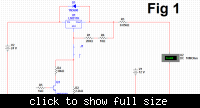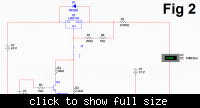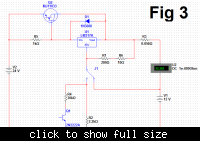Qaisar Azeemi
Full Member level 5
- Joined
- Feb 11, 2011
- Messages
- 315
- Helped
- 16
- Reputation
- 32
- Reaction score
- 15
- Trophy points
- 1,298
- Location
- Peshawar, Pakistan, Pakistan
- Activity points
- 3,829
Hi friends!
Whenever we want to charge a battery..... all we have to do is to in-feed it a specific amount of current. This charging current starts a Reverse reaction in the chemicals of the battery and the number of electrons changed in both plates and thus the battery gets charged.....
Now my Question is that why we use different chargers for different types of batteries? that is according to my knowledge the charger of a 6v lead acid battery can not charge the battries of other chemistries (Li-ion, NiMH etc)
what is the reason behind this? why the charger of one battery type do not charge the the other battery type of same rating?
thank you
Whenever we want to charge a battery..... all we have to do is to in-feed it a specific amount of current. This charging current starts a Reverse reaction in the chemicals of the battery and the number of electrons changed in both plates and thus the battery gets charged.....
Now my Question is that why we use different chargers for different types of batteries? that is according to my knowledge the charger of a 6v lead acid battery can not charge the battries of other chemistries (Li-ion, NiMH etc)
what is the reason behind this? why the charger of one battery type do not charge the the other battery type of same rating?
thank you


